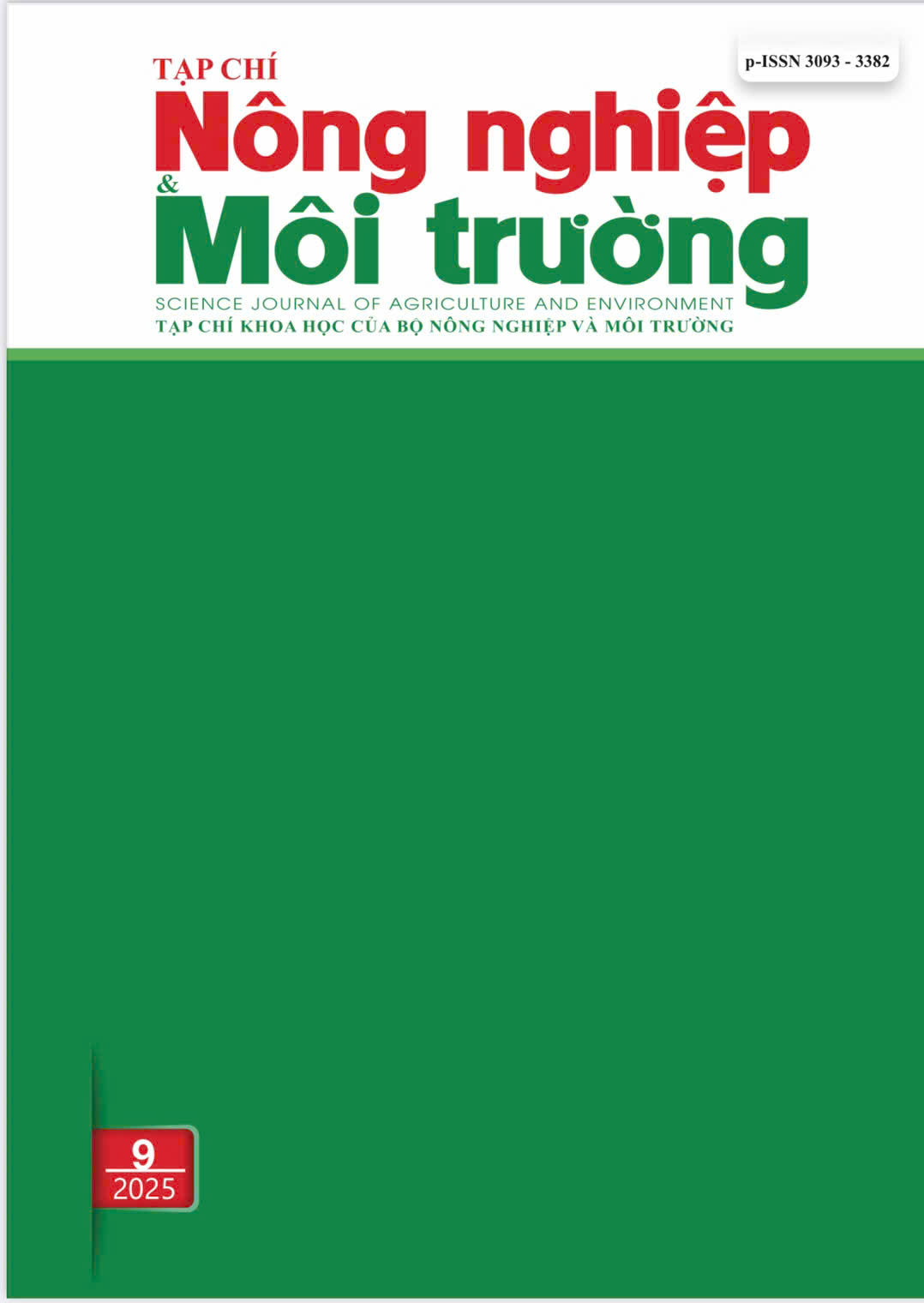EFFECTS OF CONVECTION DRYING TEMPERATURE ON TOTAL PHENOLIC CONTENT AND ANTIOXIDANT ACTIVITY OF TENDER JACKFRUIT POWDER AND RAGS OF JACKFRUIT POWDER (Artocarpus heterophyllus Lam)
DOI:
https://doi.org/10.71254/87vnhb97Keywords:
Convention drying, DPPH, rags of jackfruit, tender jackfruit, total phenolic content (TPC)Abstract
The study aims to evaluate the effect of hot air convective drying temperature (50, 60, 70oC) on the ability to maintain bioactive components in the powders of tender jackfruit and rags of jackfruit by determining the total polyphenol content (TPC) and the 2,2-Diphenyl-1-picrylhydrazyl (DPPH) free radicals scavenging. The drying curve that shows the correlation between moisture ratio (MR) and the drying time, as well as the activation energy (Ea) of the drying process for tender jackfruit and rags of jackfruit was also determined. The optimal drying temperature and time that limit the loss of bioactive components were determined. The Lewis - Newton model is suitable to describe the moisture reduction process at drying temperature conditions for both raw materials. The activation energy when drying young jackfruit and rags of jackfruit were 29.48 kJ/mol and 30.32 kJ/mol, respectively. The suitable drying temperature for both young jackfruit and rags of jackfruit was at 60oC. At that time, young jackfruit powder showed TPC and DPPH radical scavenging of 8.01 ± 0.16 mg GAE/g and 89.29 ± 0.32%, respectively, with a drying time of 4.3 hours. Meanwhile, rags of jackfruit powder dried for 4.8 hours, showed a TPC of 2.61 ± 0.30 mg GAE/g and DPPH radical scavenging of 33.49 ± 0.56%. The research results open up the possibility of utilizing young jackfruit and rags of jackfruit to supplement food products to improve antioxidant activity.







